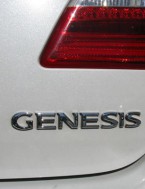
I can still remember that back in the days during Christmas seasons of 2008 and the beginning of 2009, advertisements and short promotion films about the Hyundai Genesis were flooding the US auto market, on TVs, radios and internet media. For example there was an advertisement showing a Hyundai engineer armed with a slide calipers, measuring gaps between body panels of the Genesis and its competitors such as BMW, Audi etc., and claimed the fit of Genesis is superior to its competitors. There were also claims about the Genesis is faster than xxx, and quieter than yyy etc.
The most important thing is that the 2009 model year Genesis MSRP only starts at a little bit over $30k. With multiple claims supported by those measurable parameters, that the Genesis is better than its German and Japanese rivals, you will suddenly feel like you are getting a fantastic deal.
So do me, I went for a quick test drive in early 2009. The Genesis I test driven is equipped with the 4.6L V8 engine. My feedback for the car at that time is “everything is OK”, nothing very impressive, but the quality at least match the price.
During the first few months that the Genesis went on sale, most Hyundai dealerships were very cautious that not letting everyone want to try out the Genesis to have a test drive. Take myself for example, I was denied a test drive the first time because I was arriving driving a Dodge. So I was getting smarter and show up in a Lexus, for the second time. Obviously this trick works.
Fast forward 2 years later. Things changed quickly, for example the Genesis was no longer “exclusive” and becoming quite common on the street; even you can easily rent one from major car rental companies. In the summer of 2011, I was doing test drive on a 2011 Genesis sedan with the 3.8L V6 engine, which I have enough time to fully checkout this car. Honestly speaking, I understand why the pricing of this car is significantly lower than its competitors. This is because how this product is presented to customers as a whole, can only justified such price level.
Let me give you some detailed examples. The character printing on the dash buttons has lower quality than other midsize luxury cars: the boarder of the letters is not sharp; the plastic material that makes the center console looks cheap and gives you an impression that usually linked to cars between the ranges of $20k – $30k.
The 2011 model’s 3.8L V6 engine has 290hp of output, but when I was driving, I feel it is underpowered, especially the lack of low and mid-range torque.
Now three years passed since my last test drive, I have the opportunity to test drive the Genesis again, this time it is the final model year of the generation, and I am provided with a 3.8L V6 base model.
There are multiple slight exterior styling changes in the life span of the Genesis, most noticeable is the DRL stripe in the headlight housing.
The front of the Genesis still let people think about Mercedes-Benz (the grille)
The back of the car reminds me something similar to the Lexus LS460.
Genesis has a relatively long wheelbase of 115.6 in, longer than the Lexus GS and Mercedes-Benz E class, and slightly shorter than the BMW 5-series.
As mentioned in its advertisement, the fit of the body panels is good and probably has a smaller gap than its competitors. But from my point of view, as long as the gap is uniform and reasonably small, normal customers won’t care whether the variance of the gap measure is 0.05cm or 0.04cm (although you can claim this is a 20% improvement).
Buyers of midsize luxury sedans pay lots of attention on the interior, which is the part I think the first-gen Genesis is still weak at.
On our base model test car, the steering wheel is adjustable in height, so you cannot adjust the distance between you and the steering wheel, unless you move your seat. While this annoyance can be fixed by opt for more add-on options, but customers who buy a lower-price base Genesis (I bet quite a few people bought the base one) still need to deal with this.
The speedometer is clear and easy to read, and the steering wheel is leather-wrapped, with reasonable grip and feel.
The base Genesis already has genuine wood trim around the passenger cabin.
Only the front windows are automatic, this is unusual for a midsize luxury car (as far as I remmeber, most its competitors’ windows are all auto).
The armrest on the doors are wrapped with real leather with a superb touch feel.
The wood trim is extended to the center armrest area, before the two cup holders.
Hyundai designers put a lot of soft touch plastics in the cabin, and the plastics have simulated leather texture on it.
While we know the styling of the center console is an imitation of the Mercedes-Benz S class, the aesthetics effect on the Genesis is not so good. Major reason: the curvature styling of the center console should be more suitable that if it is wrapped in leather to deliver an upscale impression, which is exactly what the Mercedes-Benz S class is doing.
The shape of the center console has the intention to “present” the contents above the console, which sits the AC and audio control buttons, plus the LCD screens.
While the looks and touch feel of these parts is OK for my taste, however I admit I do not find it to be different than similar parts in cheaper cars such as the Sonata, or the Kia Optima. Since the Genesis is significantly more expensive than a Sonata or Optima, people expect more on everything on the Genesis too. For example, I think the interior of the Genesis will look much better if it had the glossy or glass finishing on the buttons and plastic panels like the BMW 5 series and Mercedes-Benz E class.
The driver’s seat position is 8-way adjustable (plus another 4-way for lumbar support), but the passenger side can only be adjusted in 4 ways; you cannot adjust the seat height of sitting angle. While this may not be an issue for some people, but why not provide the front seat passenger the same comfort treatment as the driver?
The AC system needs to be improved too. On a typical early summer afternoon in southern California, after letting the car sitting under the sun for 3 hours, with the AC set to maximum cold, the cabin still feels hot after driving for half hour. This maybe not because of the air is not cold enough from the AC vent; it looks like to be the case that outside heat keep baking the cabin, and the cold air generated by the AC system does not have enough power to offset those incoming heat. I guess the Genesis should come with a larger output AC unit.
Talking about quietness, most of the time inside the Genesis, it is quiet. Tire noise and wind noise are not so intrusive too. But one thing I must point out, there is excessive ticking noise (from the engine’s fuel injectors) channeled to the cabin through the AC vents, especially when you step on the gas pedal.
Front seats have more than enough legroom.
The rear seat’s legroom is also very generous.
Passenger sitting behind even has a pair of extra AC vents on the B-pillars.
When driving, the car feels solid and the structure gives me a feeling of forged-one-piece. No flex and no rattling at all, even on bumpy road. This is because the Genesis has very high torsional rigidity of nearly 34,000 nm/deg. For all major car models’ torsional rigidity, please refer to our comprehensive list here.
Here is something you may not notice, unless you crouch down at take a look. However, I wish the carpet can extend to cover the whole footwell, and hide the wires behind it.
Next let’s talk about how the Genesis drives.
The base model is come with 225/55R17 tire for all four wheels.
Since the 2014 model’s 3.8L V6 engine is outputting 333hp and 291 lb-ft of torque, which is more than enough to propel the Genesis’ 3,800 lb weight, acceleration is smooth and effortless. Below photo shows the engine bay.
If you look at the car at one side, you can see its V6 engine sits right above its front axle, a typical front-engine rear-drive layout.
With the engine cover removed, you can see there is a air intake pressure stabilization chamber sits above the engine’s V-bank.
You can still feel a slight jerking when the Hyundai-developed 8-speed transmission is shifting, but I consider the shifting quality to be satisfactory, although it cannot match the silky smooth of the ZF 8-speed unit.
The programming of the shifting logic tends to be over aggressive, considering the position of the Genesis. When you want a “moderate” acceleration, and step the gas pedal a little bit downward, then the transmission will usually downshift multiple gears and engine rpm can easily climb to 4k – 5k rpm, which makes other people think you want to race on public road.
To drive your Genesis gently, you need to learn and get use to how to apply the gas pedal. The way how this car accelerates is more fit for a sports car, but maybe not for a family sedan. From my point of view, it has enough power, but still lacks some refinements.
The Genesis sedan has multi-link suspension for both front and rear wheels. For the rear wheel, the suspension parts are made of steel, not aluminum like the one found in BMW 5-series. But taking its price into consideration, you can not blame Hyundai for cost-saving.
So my conclusion to the first-gen Genesis is you get what you paid for. As Hyundai’s first try on the US luxury car market, this car does has certain qualifications to be considered to be a midsize luxury car; but there are multiple refinements it still need improvement to make to distinguish itself from non-luxury cars.
When I was writing this review, I checked with my local Hyundai dealerships, some of them told me for the base Genesis with MSRP = $36,120, at this time they can sell one to me at a price around $28,000 before TTL, that is around 22% off MSRP. While this is partially due to the fact that the newly redesigned second-gen Genesis is coming on sale very soon and dealerships need to clear its old inventory, the discount is still quite deep when compared to other makes and models that with the same situation. So how the market price the car, is an objective view of its intrinsic value, and also its true quality position in the market.
The first-gen Genesis is a good try for Hyundai to tap into US luxury automobile market; I hope the newly redesigned 2015 Genesis will do much better in the competition.



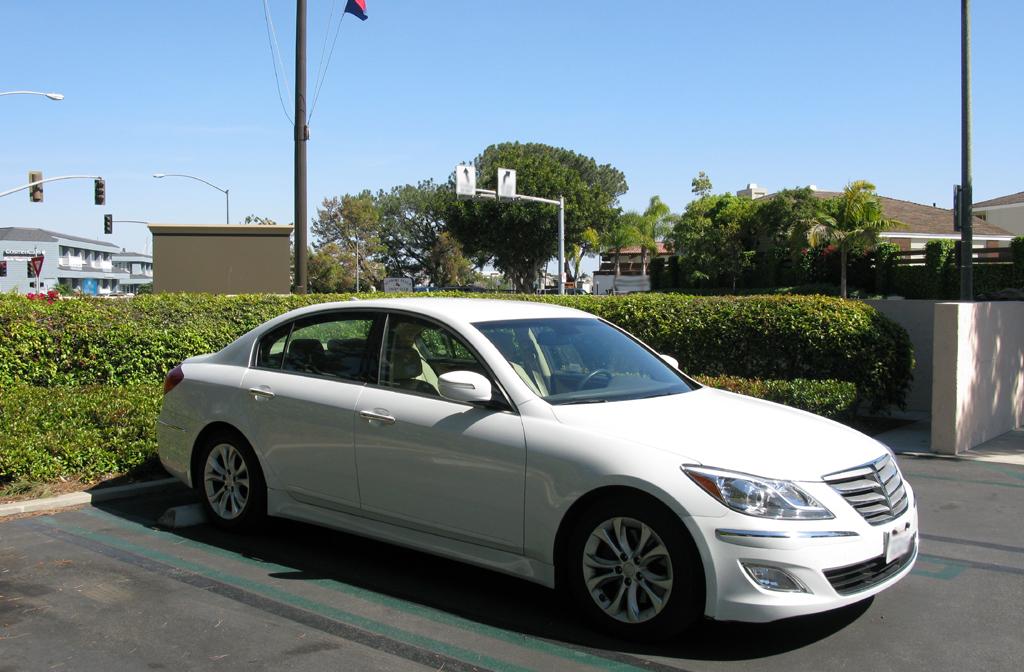
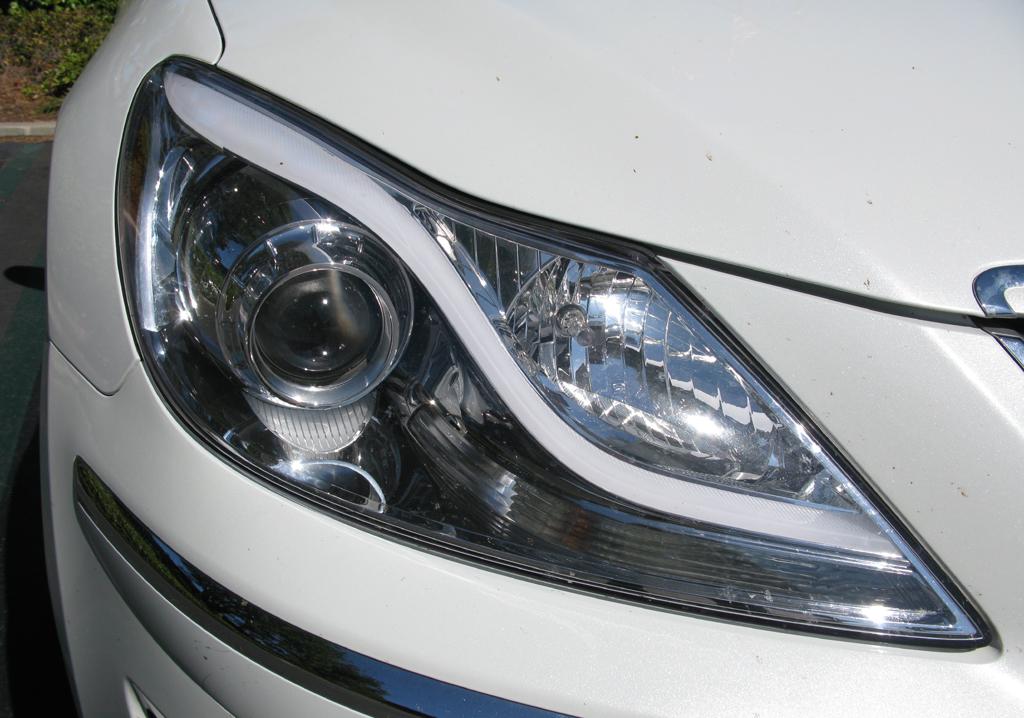
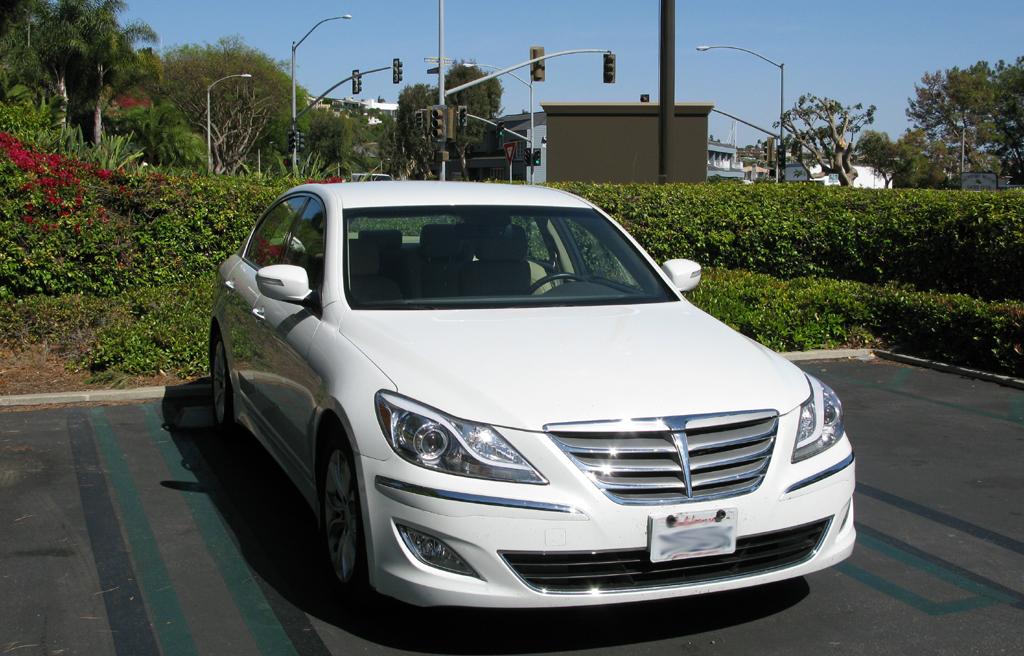
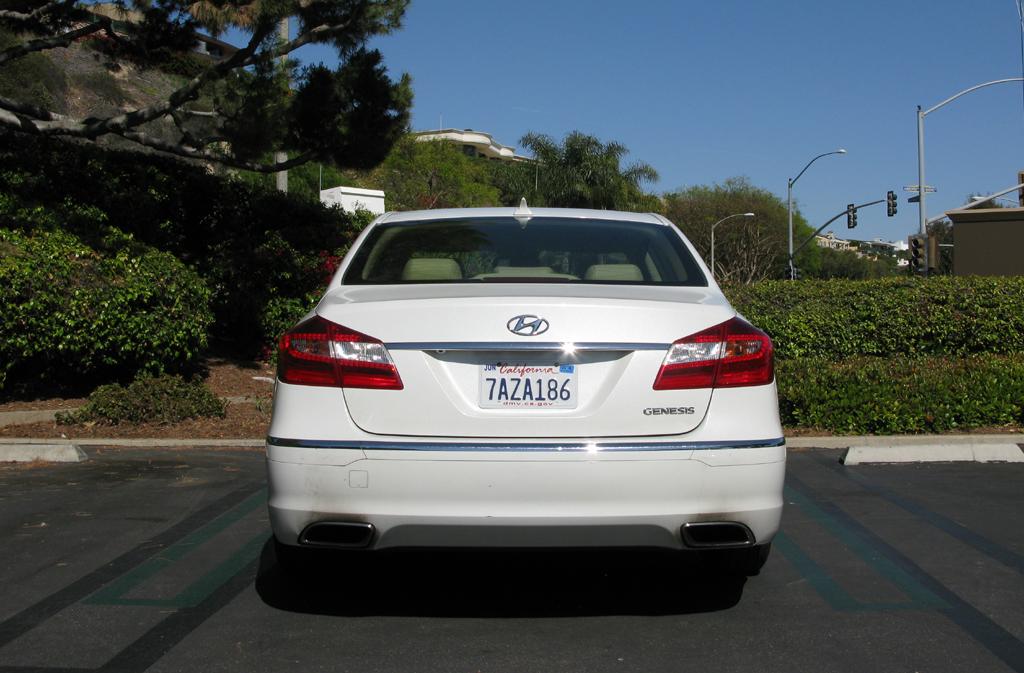
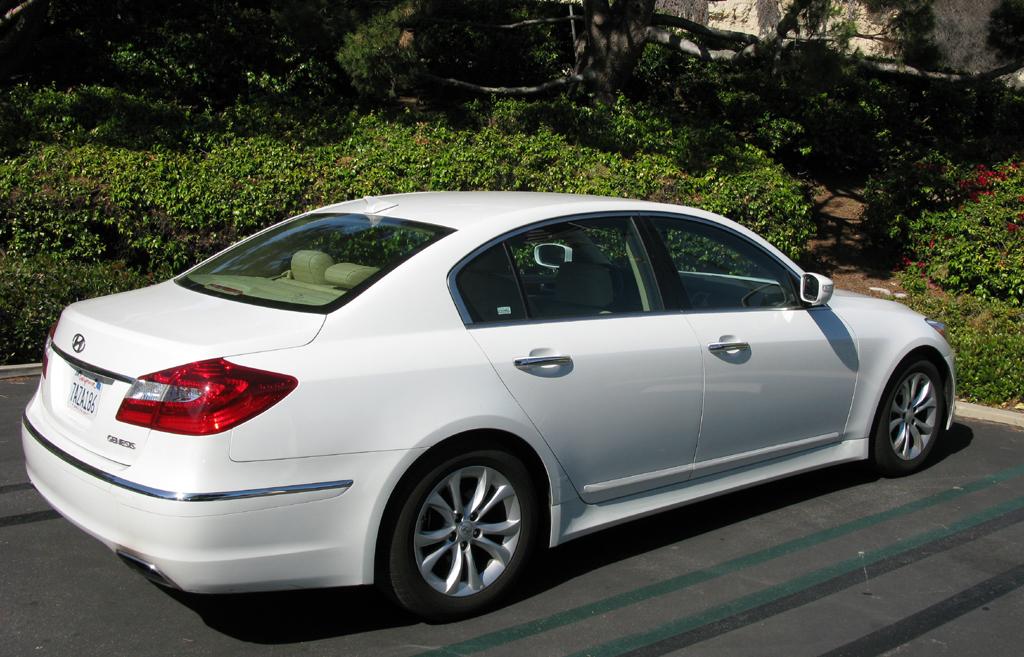
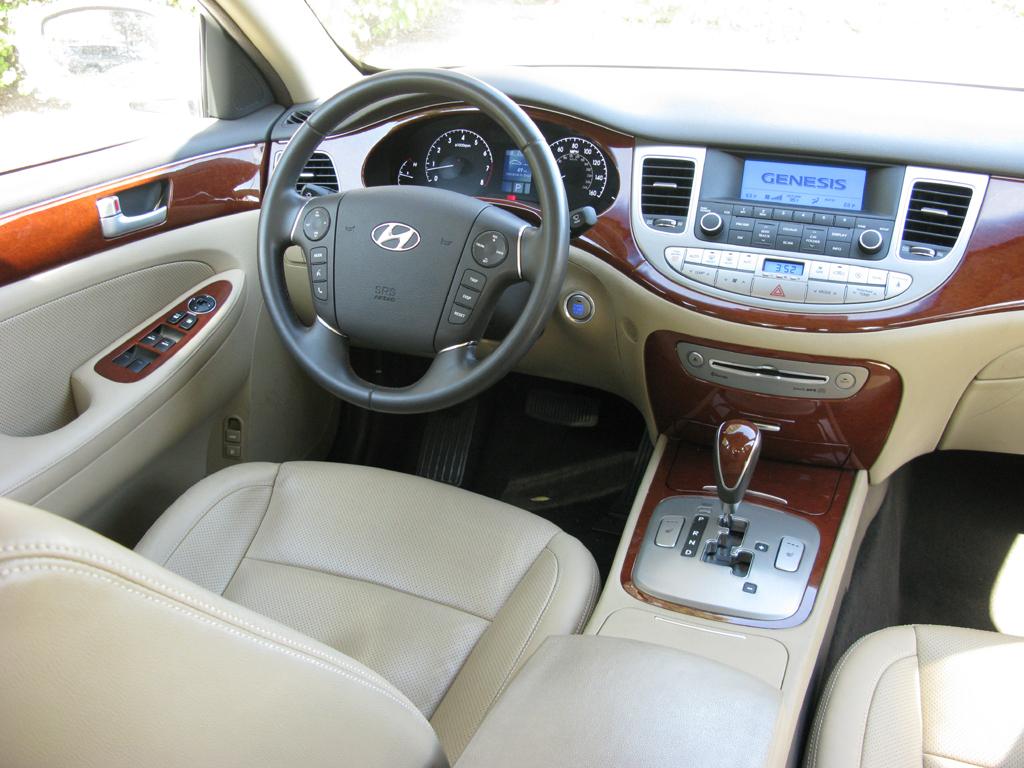
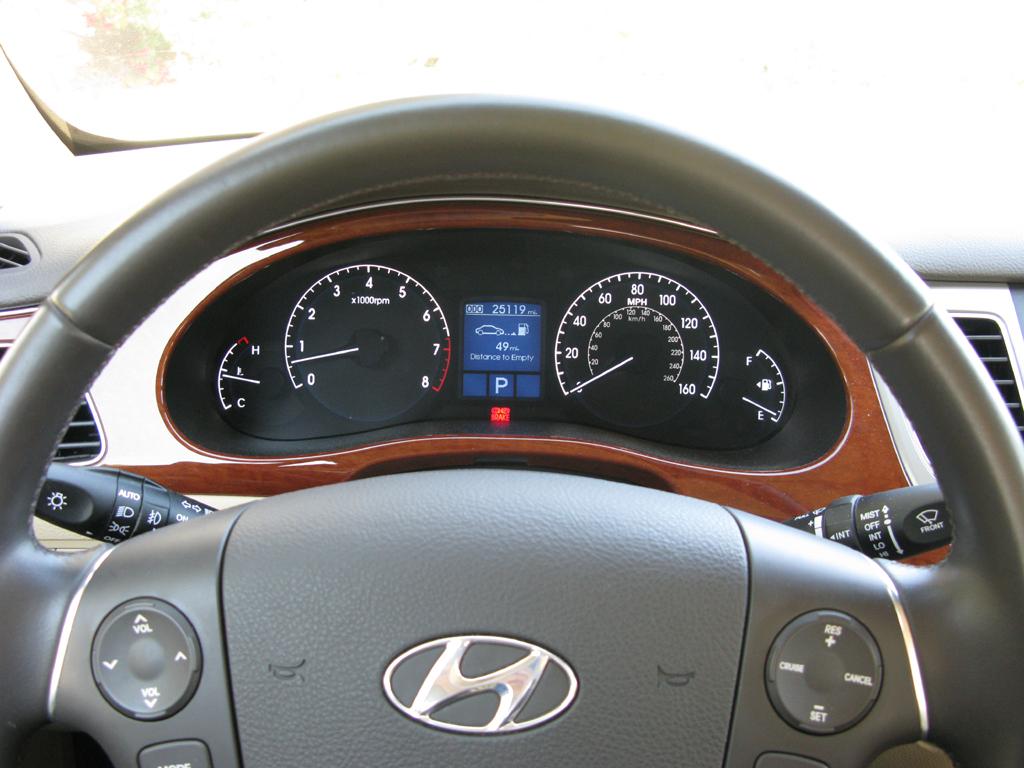
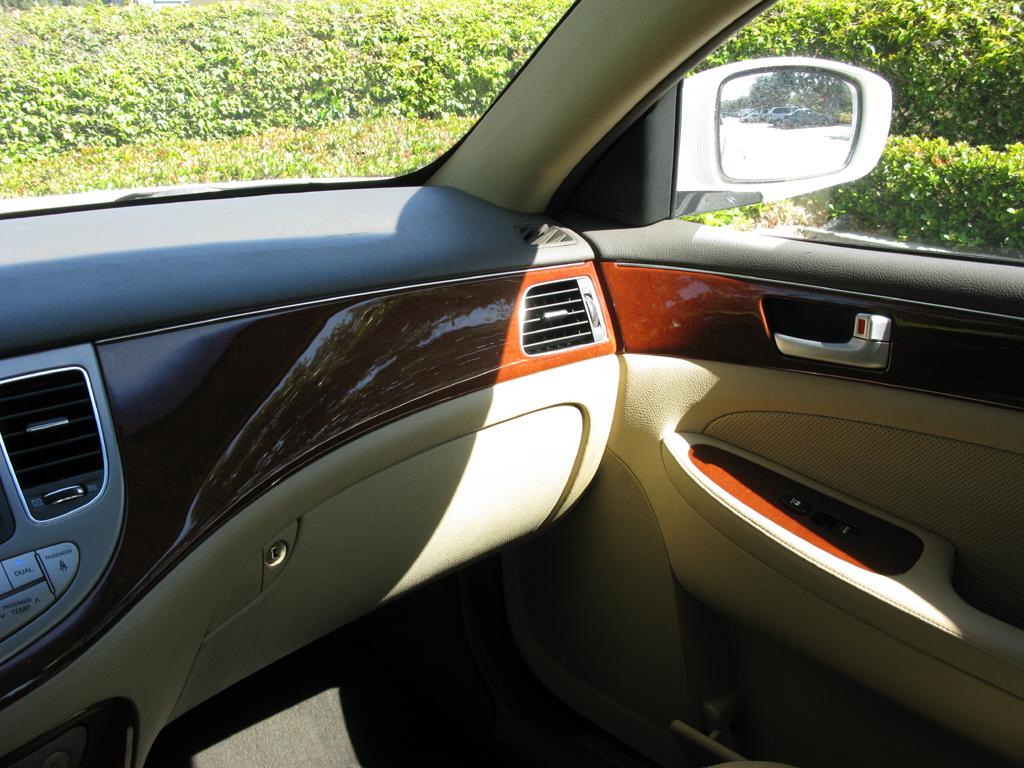
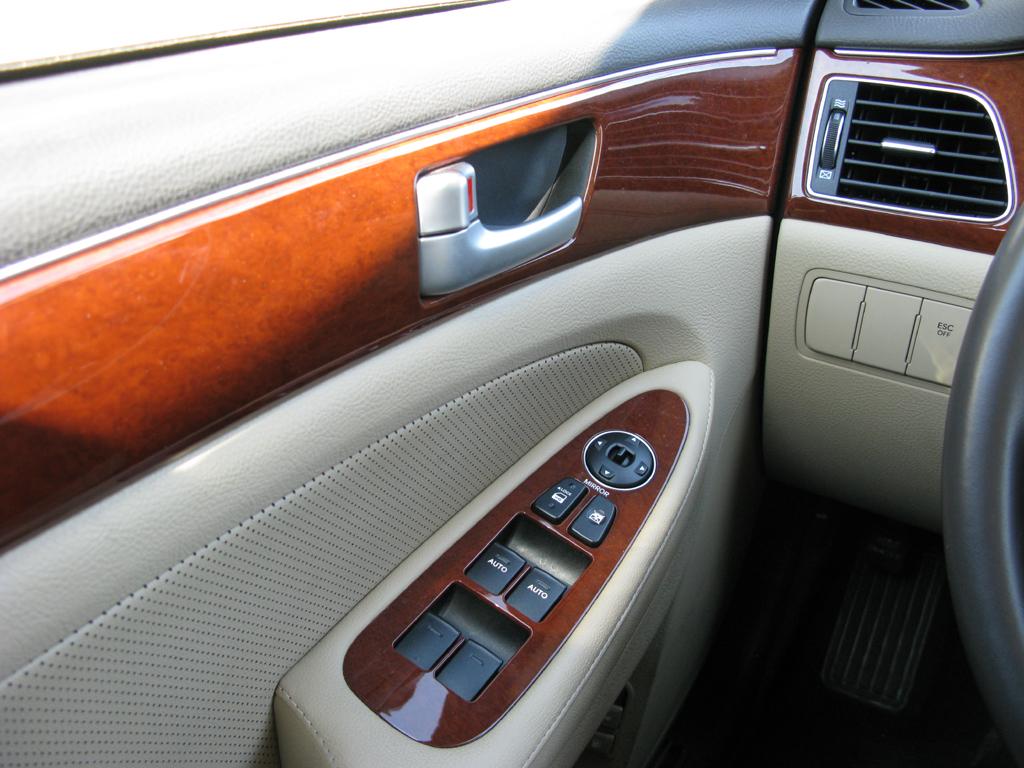
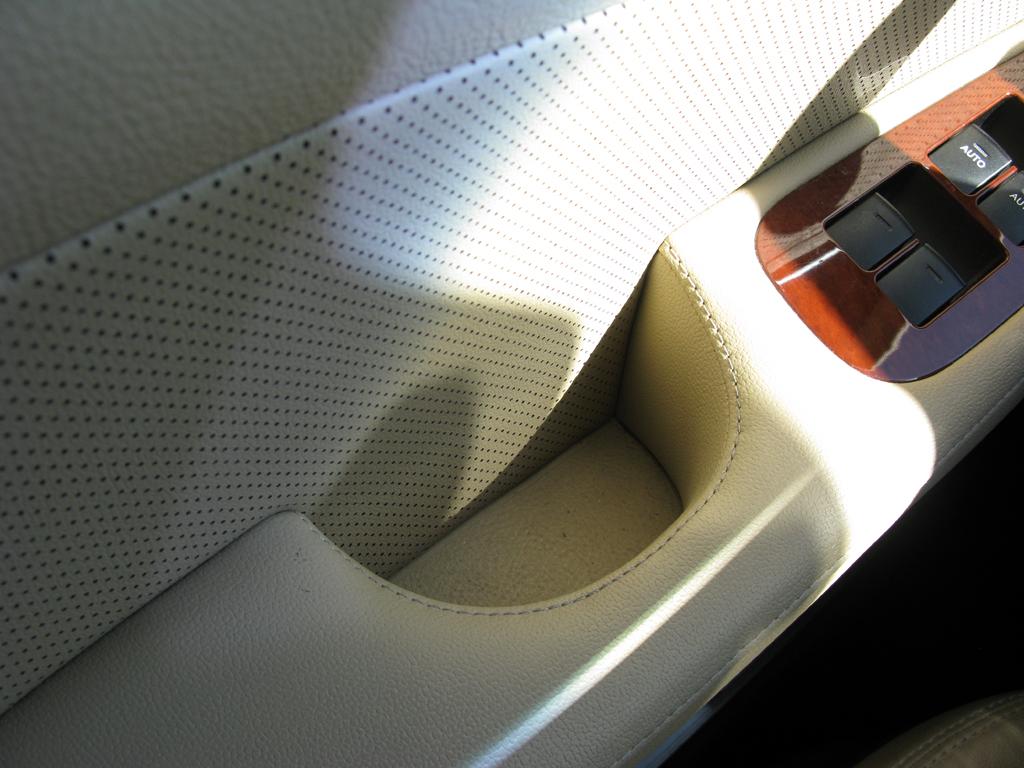

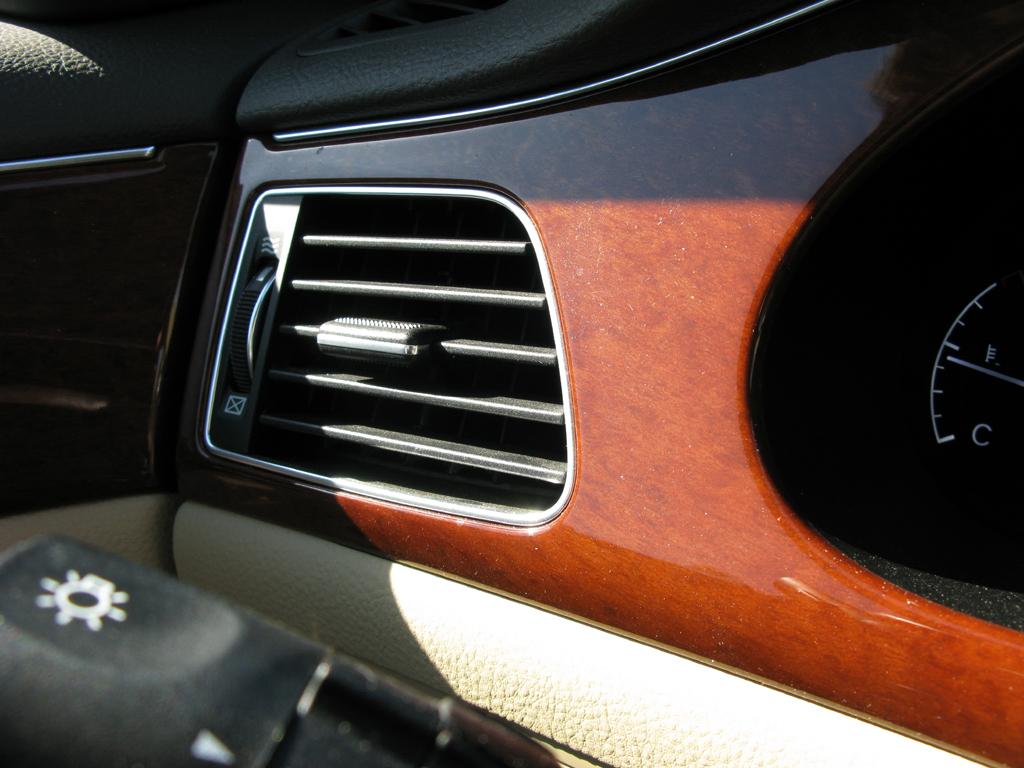
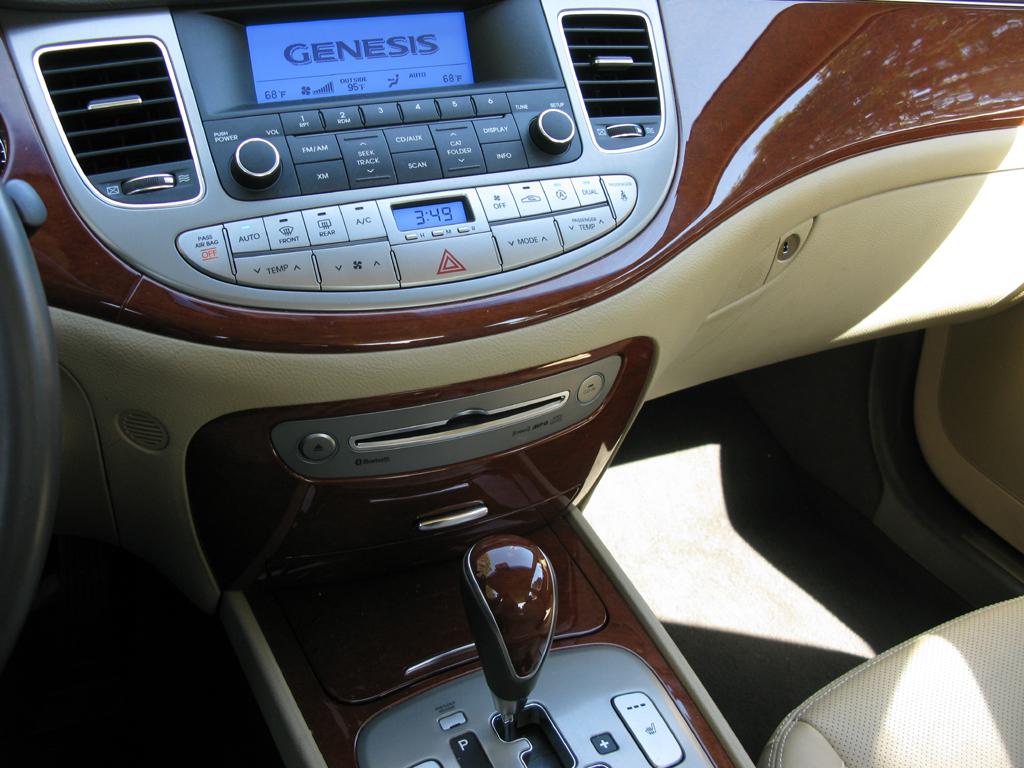

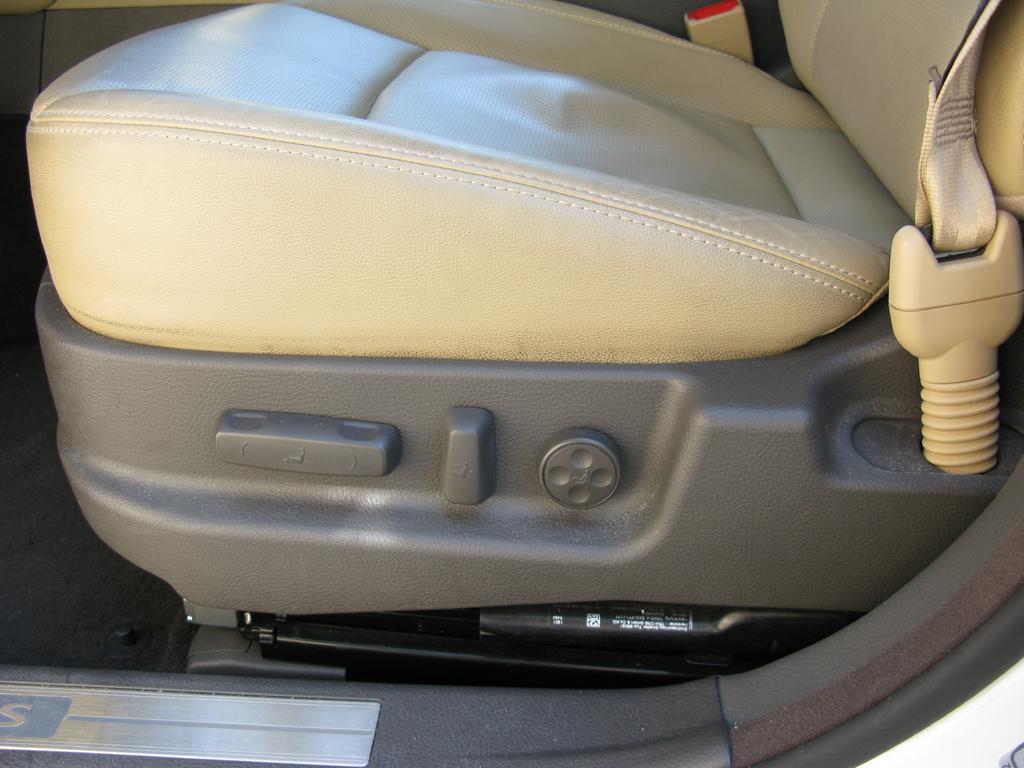

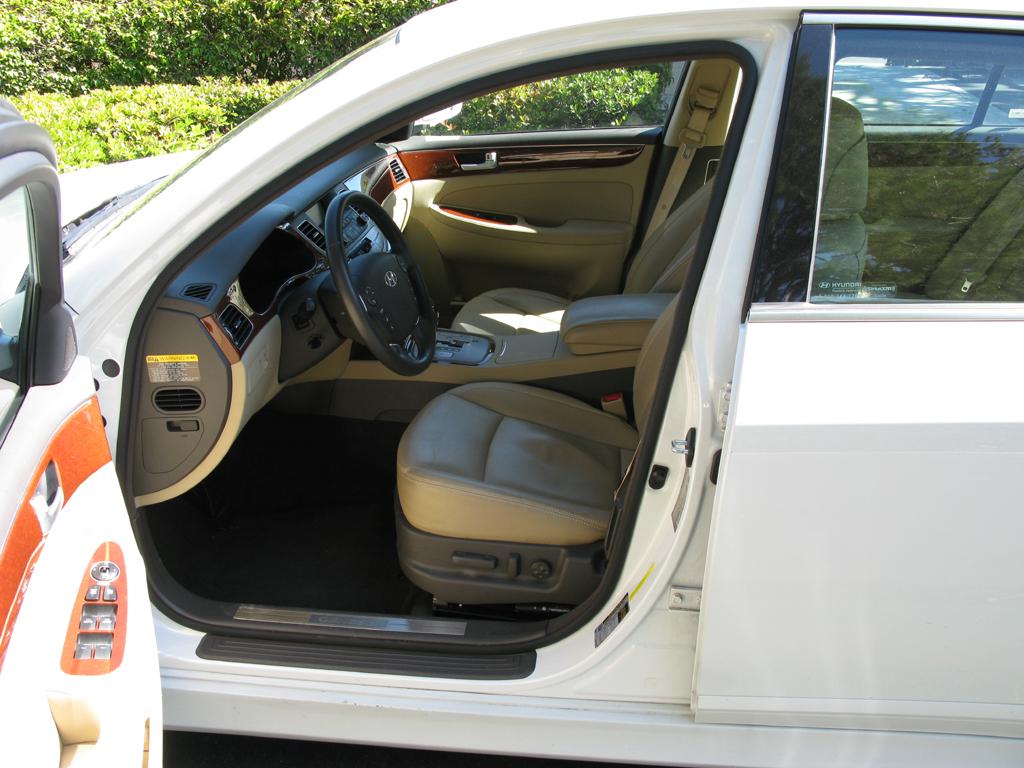
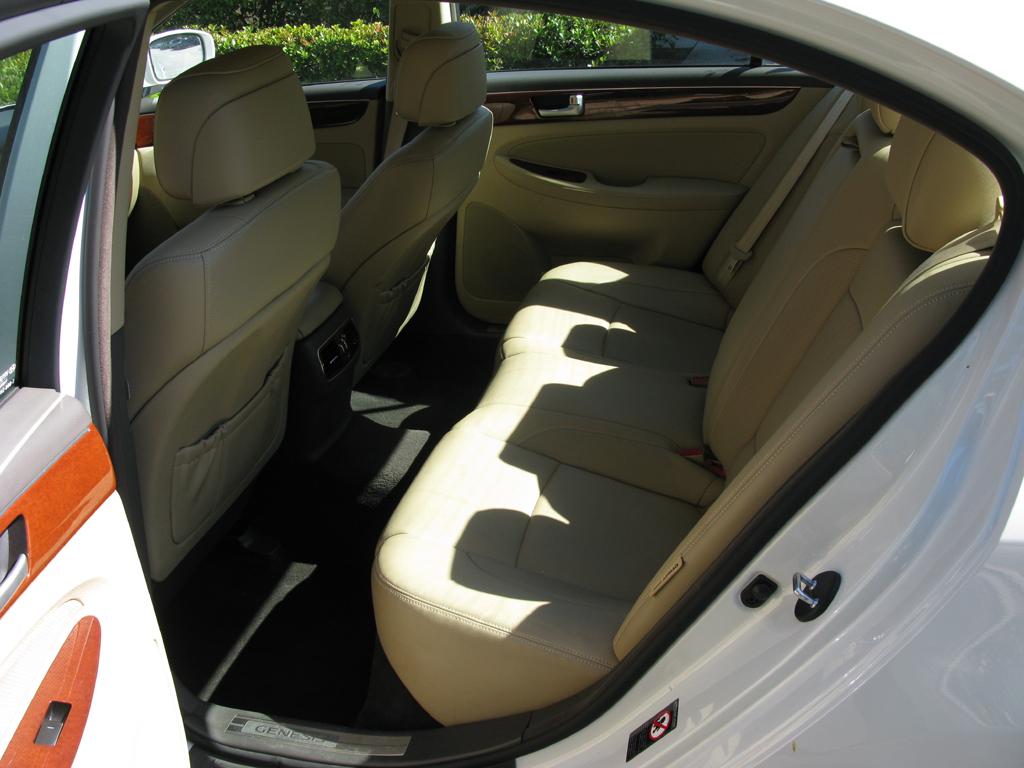
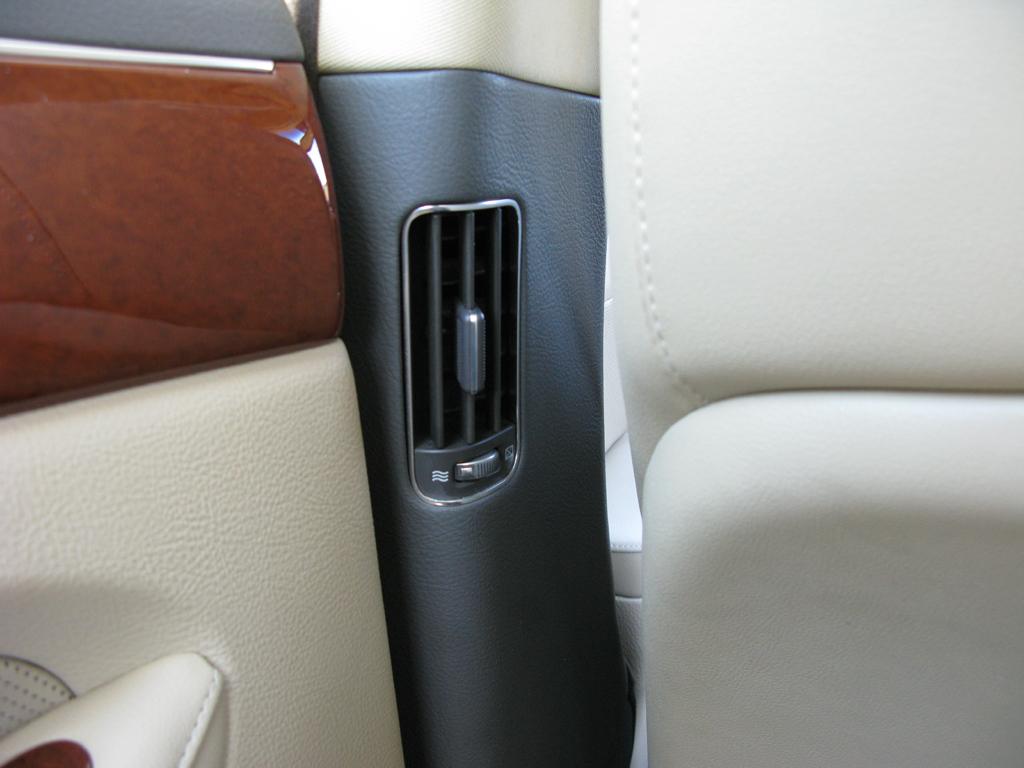



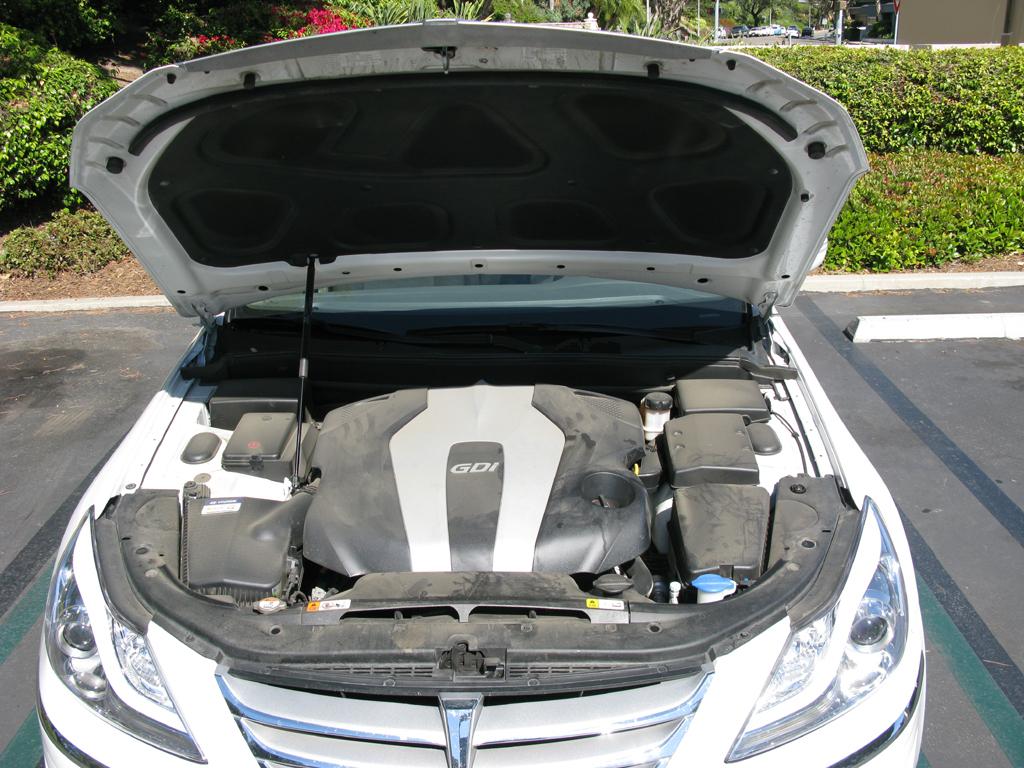
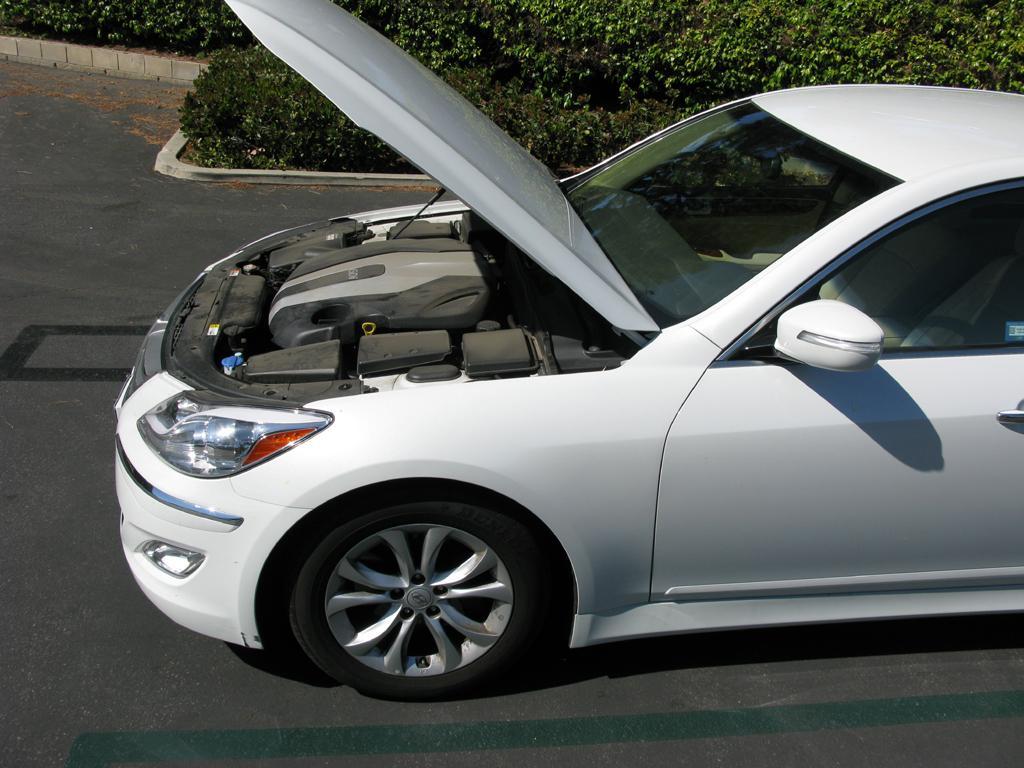
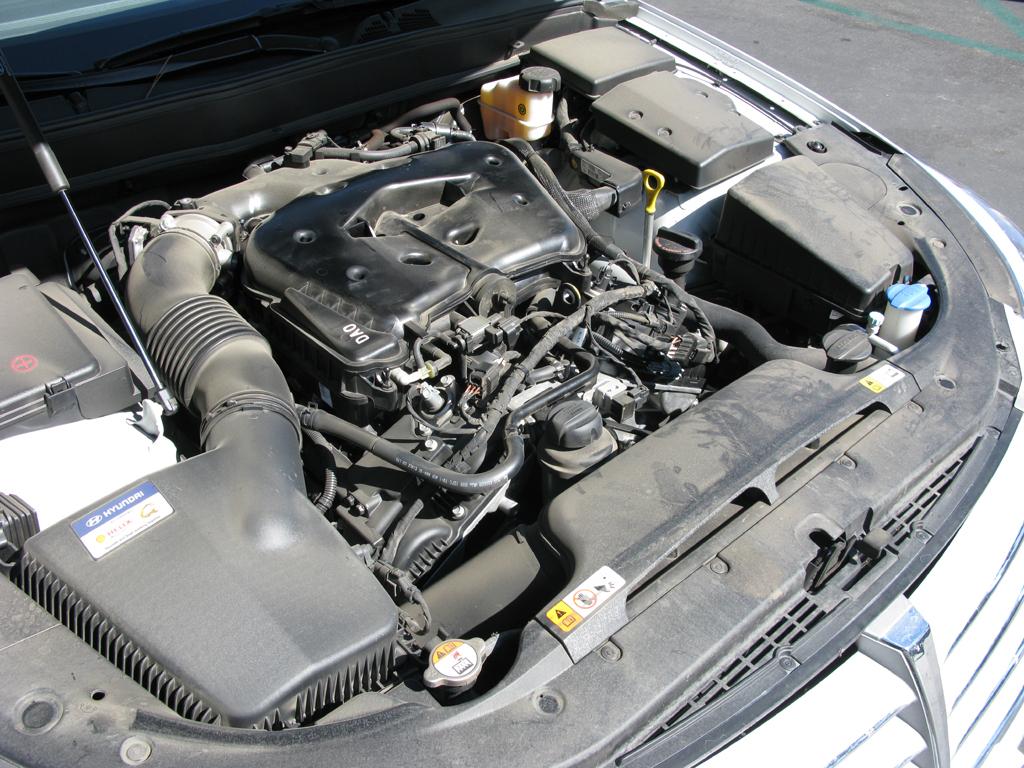
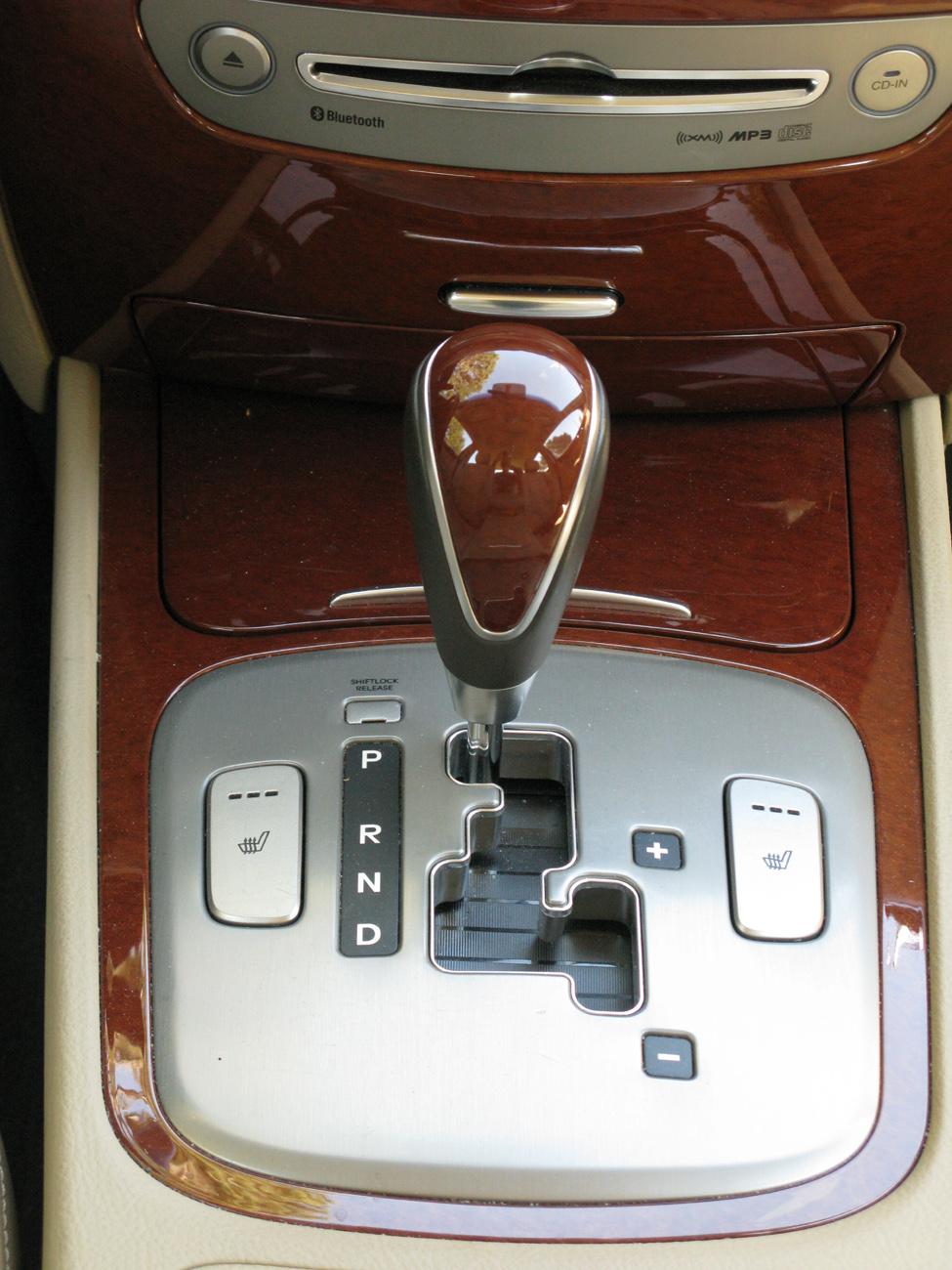

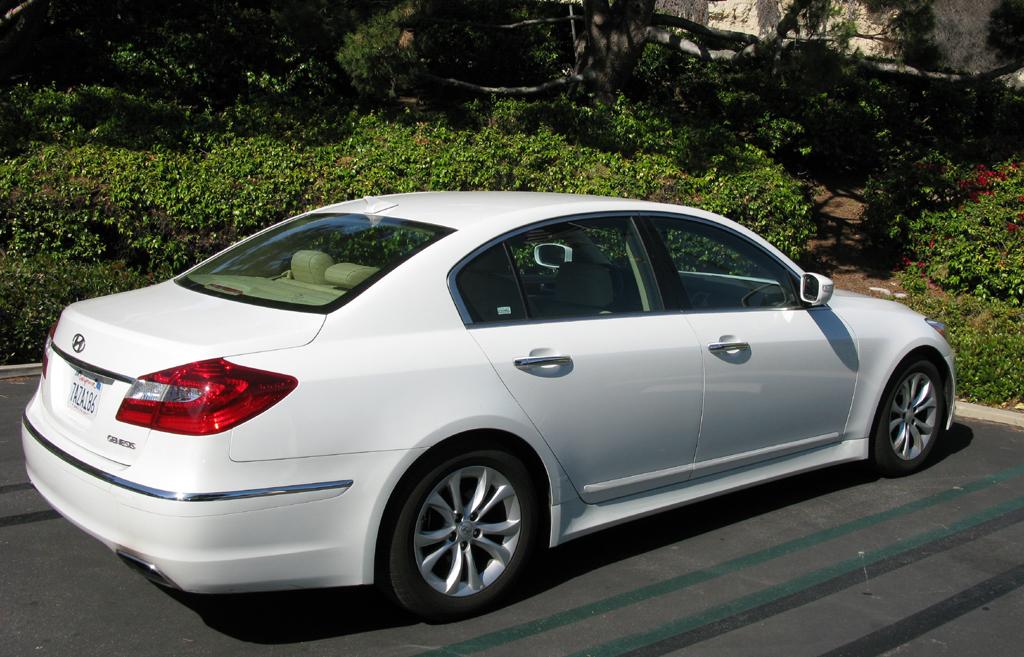

Recent Comments